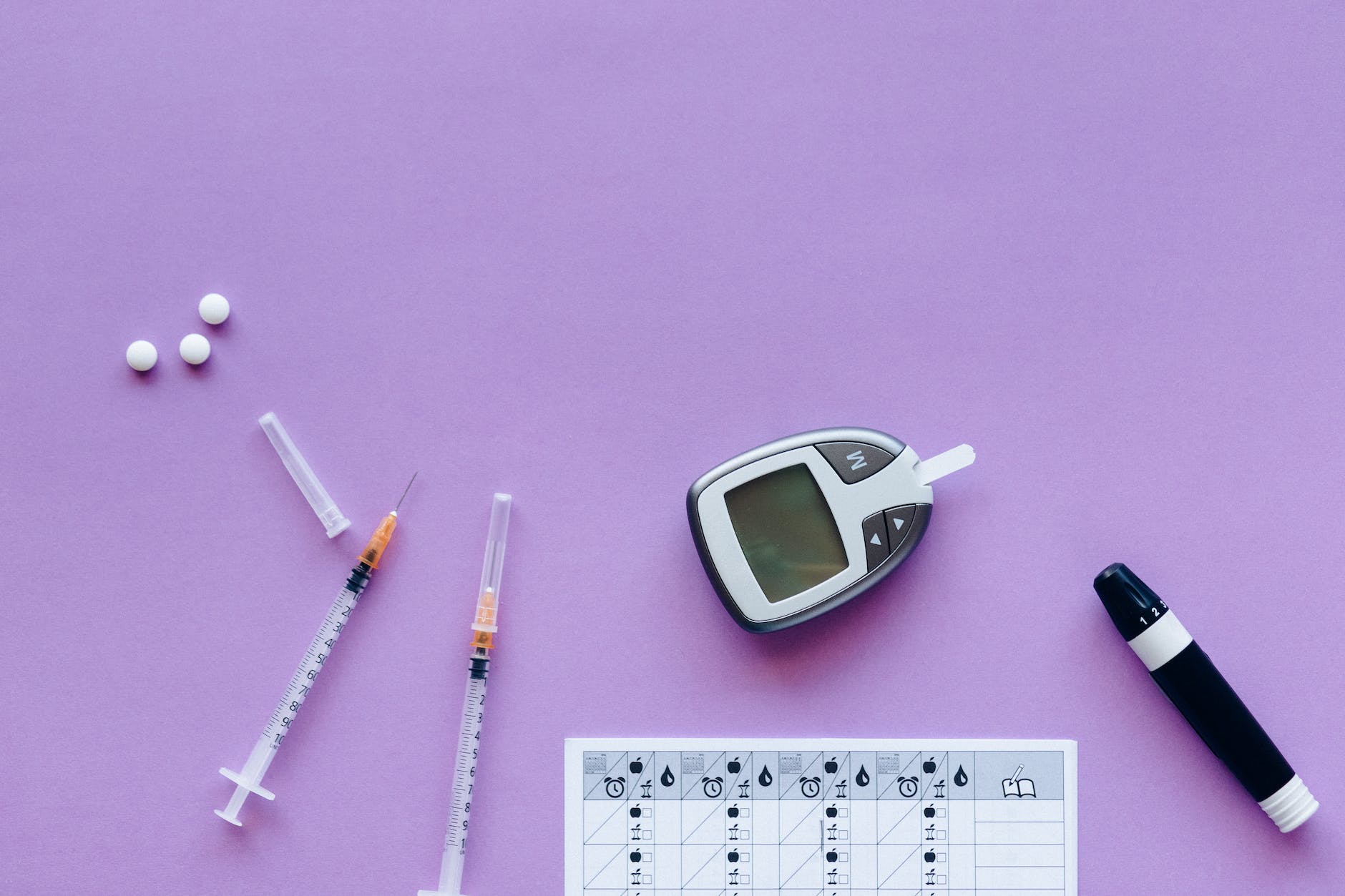Medications and Insulin Therapy for Diabetes Treatment: A Comprehensive Guide


Medications and Insulin Therapy for Diabetes Treatment: A Comprehensive Guide
Introduction
Welcome to our comprehensive guide on diabetes treatment, focusing on medications and insulin therapy. As a leading authority on diabetes care, we understand the importance of providing accurate and up-to-date information to help you manage your condition effectively. In this article, Medications and Insulin Therapy for Diabetes Treatment: A Comprehensive Guide, we will delve into various medications and insulin therapy options available, aiming to empower you with the knowledge necessary to make informed decisions about your diabetes management.
Understanding Diabetes
Diabetes is a chronic medical condition that affects how your body regulates blood glucose levels. It occurs when the pancreas either does not produce enough insulin (Type 1 diabetes) or when the body cannot effectively use the insulin it produces (Type 2 diabetes). High blood glucose levels can lead to various complications, such as cardiovascular disease, kidney damage, nerve damage, and vision problems.
Medications for Diabetes Treatment
1. Metformin
Metformin is often the first-line medication prescribed for individuals with Type 2 diabetes. It works by reducing the amount of glucose produced by the liver and improving insulin sensitivity in the body. This medication is generally well-tolerated and has proven to be effective in controlling blood sugar levels.
2. Sulfonylureas
Sulfonylureas are a class of medications that stimulate the pancreas to release more insulin. While they can be effective, they carry a risk of causing low blood sugar levels (hypoglycemia). Therefore, it is essential to monitor blood sugar levels regularly while on this medication.
3. Meglitinides
Meglitinides function similarly to sulfonylureas by promoting insulin release from the pancreas. These medications act quickly and are taken before each meal to manage post-meal blood glucose spikes.
4. Thiazolidinediones
Thiazolidinediones work by increasing insulin sensitivity in the body's cells. They help improve glucose uptake by the cells, thereby reducing blood sugar levels. However, these medications may have some side effects, including weight gain and fluid retention.
5. DPP-4 Inhibitors
DPP-4 inhibitors block an enzyme that breaks down incretin hormones, resulting in increased insulin release and decreased glucose production. They are generally well-tolerated and can be used alone or in combination with other diabetes medications.
6. SGLT2 Inhibitors
SGLT2 inhibitors work by reducing glucose reabsorption in the kidneys, leading to increased glucose excretion through urine. They have shown promising results in both lowering blood sugar levels and reducing cardiovascular risks.
Insulin Therapy
1. Rapid-Acting Insulin
Rapid-acting insulin begins to work within 15 minutes after injection and peaks at around one hour. It is often taken before meals to manage the rise in blood sugar levels after eating.
2. Short-Acting Insulin
Short-acting insulin starts working within 30 minutes of injection and peaks at around two to four hours. It is usually taken before meals to cover the rise in blood glucose levels during meals.
3. Intermediate-Acting Insulin
Intermediate-acting insulin takes longer to start working, typically about two to four hours after injection, and peaks at around four to 12 hours. It is commonly used in combination with rapid-acting or short-acting insulin to provide basal insulin coverage throughout the day.
4. Long-Acting Insulin
Long-acting insulin has a slow and consistent effect, providing basal insulin coverage for an extended period, usually up to 24 hours. It helps maintain stable blood glucose levels between meals and during sleep.
5. Insulin Pumps
Insulin pumps are small devices that deliver insulin continuously throughout the day. They provide a more precise and flexible insulin delivery method, mimicking the body's natural insulin production.
Conclusion
In conclusion, effective diabetes treatment often involves a combination of medications and insulin therapy. Understanding the different options available is crucial for managing blood sugar levels and preventing complications associated with diabetes. Always consult with your healthcare provider to determine the most suitable treatment plan for your specific needs. https://diabetescure4u.com/
- Monitoring Blood Glucose Levels and Using Glucose Meters Effectively: A Comprehensive Guide
- Este hombre se cura de diabetes tipo 1 gracias a un trasplante de células madre
- Type 2 Diabetic, Hashimoto's, Thyroidectomy & Insulin Pump is Losing Weight & Feeling Great
- How can Diabetes cause vision loss? Explained by Retina Specialist MD(AIIMS) #eye #retina #vision
- 1 Mineral to Reverse High Blood Sugar (Insulin Resistance & Diabetes) Dr. Mandell


